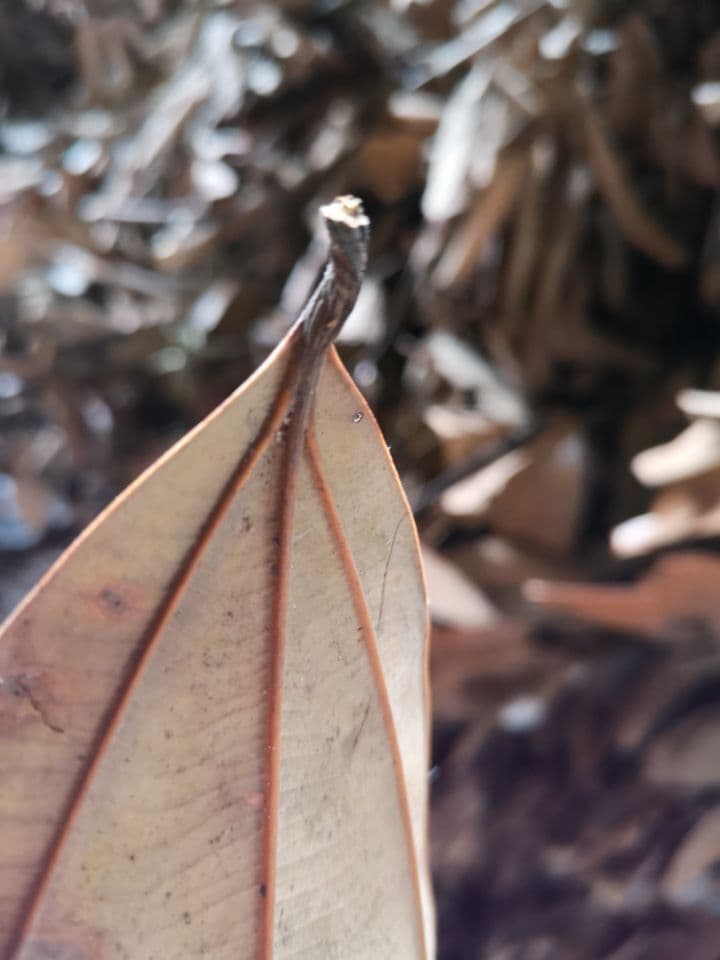Cinnamomum Economics
Bio-based Chemicals from Camphor Trees & Cinnamon
Family of Cinnamomum is one of important economic species. The phytochemicals, such as natural camphor, 1,8-cineole, natural linalool, α-pinene, terpinen-4-ol, which the active compounds were applied on verious commercial markets.
Rosewood & Camphora
Rosewood in China is the top-class wood materials of classical furniture and accessories. Meanwhile, in history of fragrance industry, the time flows back to 1870s, the natural linalool, a high-contain substance in rosewood oil, was extracted from rosewood on French Guiana. Natural linalool has flora character and show pretty green scent, it became one of the favorite ingredients on fragrance industry. The early production was extracted from Brazil rosewood oil (Aniba rosaeodora Ducke, French: Bois-de-rose) and Mexico linaloe oil (Bursera delpechiana). After the World War II, the demand for linalool can not be met by the wood oils’ production. In 1992, Brazilian rosewood gained CITES protection.1
However, the synthetic grade linalool’s sensory features do not pander to the sensitive demands from fragrance industry. “It lacked the fine, intricate shading of organoleptic impression that the natural products displayed due to the presence of its trace amounts of impurities.2” In the 1970s, the fragrance manufactures focus on SEA, the Cinnamomum camphora L. presl (Chinese Ho-wood).
> Learn the facts on FAO “Flavours and fragances of plant origin”
- ROSEWOOD TREES FACE EXTINCTION AMID MADAGASCAR’S CHAOS, DukeToday
- A Profile: An aroma Chemical Linalool, George S. Clark, Commodity Services International, Inc., 1988
Linalool Type Camphor
Five economic type camphor trees were identified in China. Left picture is a greenhouse of Linalool type dwarf camphor tree (C. camphora) in Guangxi province. Natural linalool, a kind of terpene alcohol compound, contains above 90% of linalool that can be extracted from the leaves. The natural linalool at 5 ppm releases green, apple, pear scents , at 30ppm releases pretty floral, woody and spicy tropical nuance odors.

There are five commercial type camphor trees in China. Following active compounds were extracted from leaves for used as medicine intermediates and fragrance materials.
- Linalool-type: for extracting l-Linalool.
- Cineol-type: for extracting 1,8-cineole.
- Camphor-type: for extracting natural camphor.
- Isonerolidol-type: for extracting isonerolidol.
- Borneol-type: for extracting d-Borneol.
Different Chemical Type of Camphor Trees
| Chemical Type | Main Substance | R.Purity, % |
| Linalool | l-Linalool | 50 to 70 |
| Cineol | 1,8-Cineole | about 65 |
| Camphor | Camphor | 80 to 90 |
| Isonerolidol | Isonerolidol | about 49 |
| Borneol | d-Borneol | 80 |
Phytogenic Active
Cinnamomum. contains high purity of phytochemicals. The herb active compounds have properties on antimicrobial, pest control and treat activities.
Natural Efficacy
Phytochemicals often have optical isomers, and the application of the isomers can fully exert its natural medicinal value.
Broad Spectrum Antibacterial
The volatile oils of plants often have broad-spectrum antibacterial properties, and are eco-friendly ingredients used on the home care product formulas.

Cinnamon is obtained from the inner bark or leaves from the genus Cinnamomum. Sri Lanka cinnamon (C. zeylanicum) and Ceylon cinnamon (C.verum) is the important flavors on the spice market.
C. cassia, a common cinnamon species in Vietnam and China. Left leaf photo is C.cassia and it grown on Yen Bai province of Vietnam. FOREVEREST® chooses the leaves for extracting Cinnamic aldehyde and Benzaldehyde to supply biobased chemicals for fragrance manufatueres.
General Species of Cinnamon
| Species | Region | Common Name |
| C. cassia | Vietnam, China | Vietnamese cinnamon |
| C. cassia | Indonesia | Indonesian cassia (Vera) |
| C. burmannii | Indonesia, China | Indonesian cinnamon |
| C. zeylanicum | Sri Lanka, Vietnam | Ceylon cinnamon |
| C. loureiroi | Vietnam | Saigon cinnamon |
Main Chemical Composition of Cinnamon Leaf
| Chemicals | CAS | Bio-based | Content |
| Eugenol | 97-53-0 | C. verum | about 86% |
| Cinnamic aldehyde | 104-55-2 | C. loureiroi | about 62% |
| Caryophyllene | 87-44-5 | C. burmanli | about 21% |
| Cinnamic aldehyde | 104-55-2 | C. cassia | about 68% |
| Cinnamic aldehyde | 104-55-2 | C. zeylanicum | about 52% |
Application
- Active ingredient for antimicrobial
- Antifungal for food packaging
- Deodorant
- Prolonging flavor
Get the Quote
Contact our sales team to get the latest product specifications and product quotes.